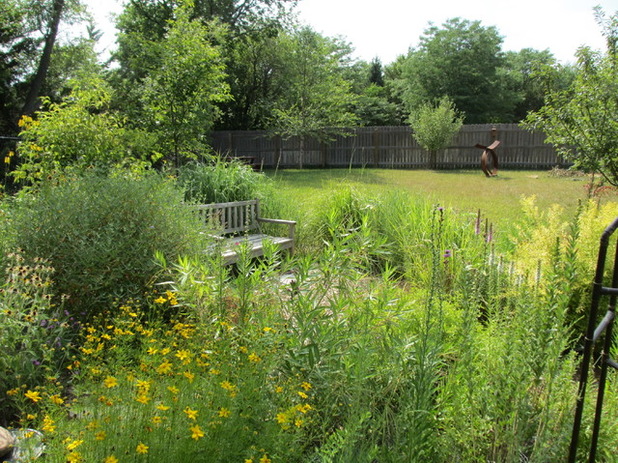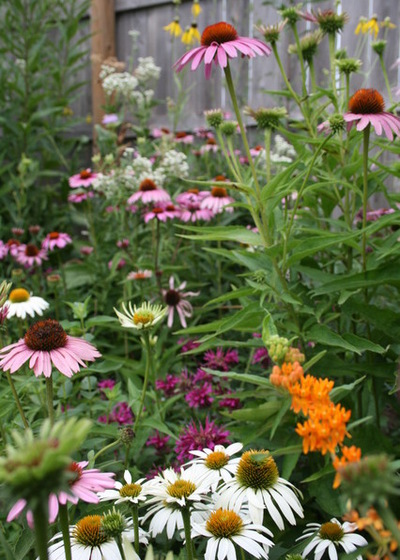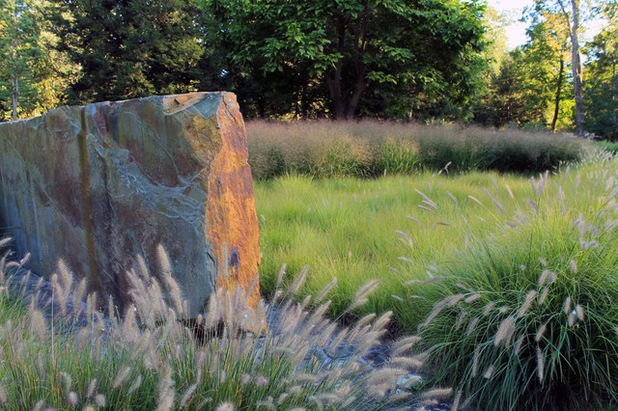Work less, help the environment and foster connections by just saying no to typical turf
What is beautiful in nature can be quite subjective.
Beauty in the desert Southwest is different than in New England.
Ideas of beauty are based on regional, native, wild habitats, and personal experiences living in those places that define cultural and personal ideals. It does not matter whose idea is “better” or “right,” only that those beliefs lead to healthy people, plants and wildlife.
All gardeners have choices that lead to the well being of all life under our care, including our own.

What design elements can you use to invite people into nature? How can you create an ecosystem landscape that requires little maintenance and relies on nature to do the work of pest and disease control?

Have you heard of nature deficit disorder? Can you identify the call of a robin or blue jay? Can you identify an oak tree?
Source: The Case for Losing the Traditional Lawn
After the publication of “Last Child in the Woods: Saving Our Children from Nature-Deficit Disorder” in 2005, author Richard Louv and others co-founded the Children & Nature Network, a nonprofit organization whose mission is to fuel the worldwide grassroots movement to reconnect children with nature.
“I like to play indoors better ’cause that’s where all the electrical outlets are,” reports a fourth grader. Never before in history have children been so plugged in and so out of touch with the natural world.
In this ground breaking new work, child advocacy expert Richard Louv directly links the lack of nature in the lives of today’s wired generation. He calls it nature deficit.
